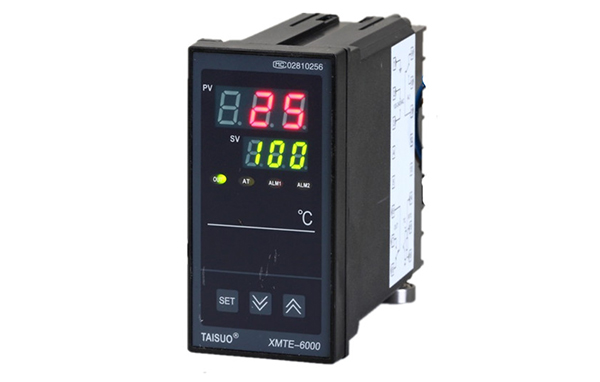When discussing the optimization path of the heat dissipation structure of the uniform temperature single-ended heating tube, we face a multi-dimensional consideration: is it to simply increase the heat dissipation area to expand the boundary of heat exchange, or to optimize the shape of the heat sink through refined design, or to choose a more efficient heat dissipation material to fundamentally improve the heat dissipation efficiency? Each strategy has its unique advantages and applicable scenarios, and needs to be comprehensively considered in combination with specific needs.
Increasing the heat dissipation area is an intuitive and effective method, which directly expands the contact surface between the electric heating tube and the external environment and promotes the rapid dissipation of heat. However, this is often accompanied by an increase in volume and an increase in cost. At the same time, it may not be applicable in some space-constrained application scenarios.
In contrast, optimizing the shape of the heat sink focuses more on the combination of aesthetics and science in design. Through the carefully designed shape of the heat sink, the flow direction of the heat flow can be guided, the thermal resistance can be reduced, and the heat dissipation efficiency can be improved. This method achieves the improvement of heat dissipation performance while maintaining or reducing the volume, which is a major trend in modern industrial design. For example, the use of fin design, wavy structure, etc. can effectively increase the air flow path and improve the heat dissipation effect.
The use of more efficient heat dissipation materials is to seek performance breakthroughs from the perspective of materials science. These materials usually have higher thermal conductivity and can transfer heat from the heat source to the heat dissipation surface faster, thereby achieving more efficient heat dissipation. With the continuous advancement of materials science, new heat dissipation materials such as graphene and carbon nanotubes are gradually entering people's field of vision, providing new possibilities for the optimization of the heat dissipation structure of electric heating pipes.
Therefore, changing the heat dissipation structure is not achieved overnight, but requires comprehensive consideration of multiple factors such as the specific application environment, performance requirements, and cost budget of the electric heating pipe. In actual operation, it is often necessary to organically combine the above strategies and find the heat dissipation solution that notable suits the current needs through continuous testing and optimization. Only in this way can the electric heating pipe maintain a stable temperature uniformity effect during long-term operation and improve its overall performance and reliability.

 English
English русский
русский 简体中文
简体中文












 Ins: tai_suo
Ins: tai_suo

